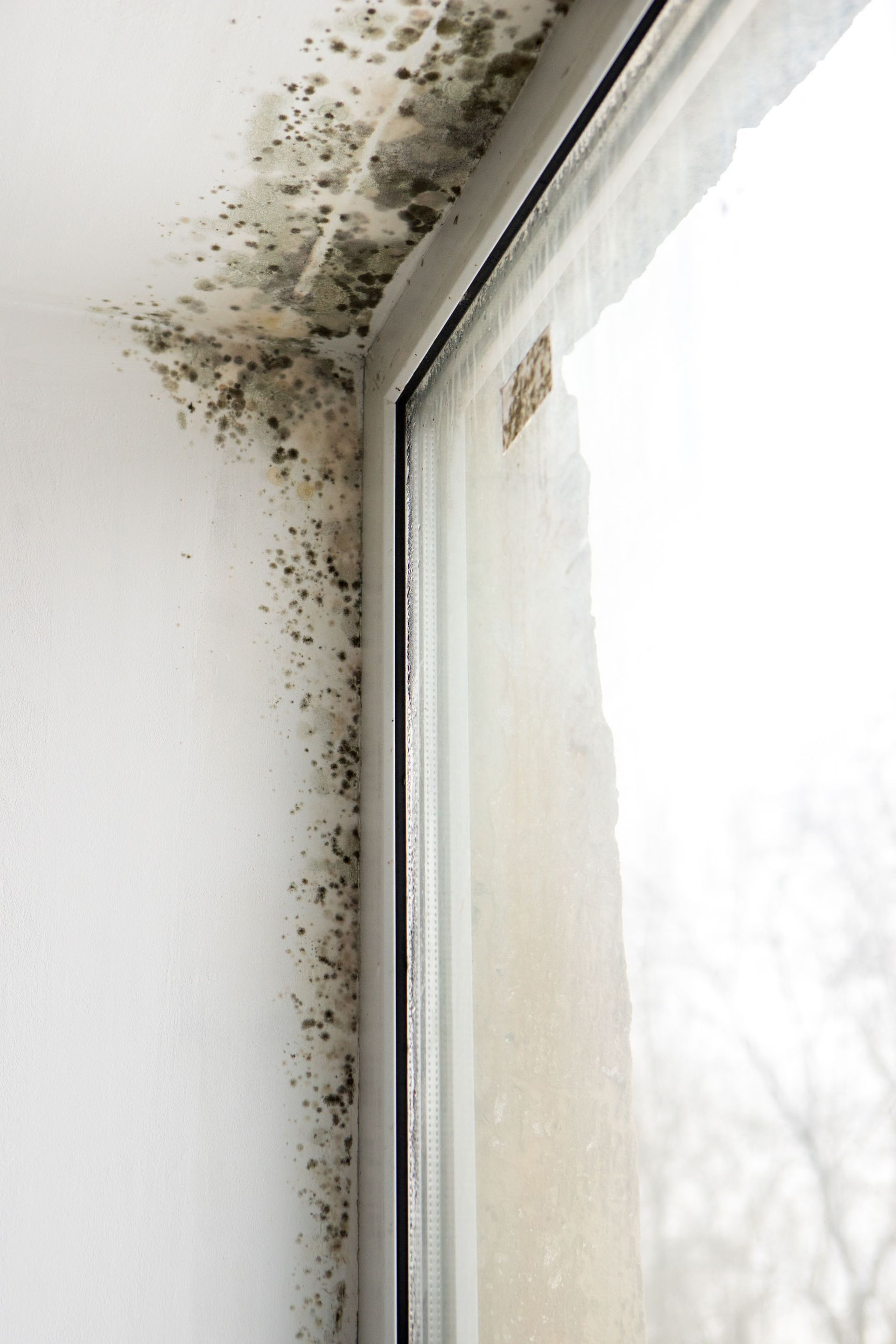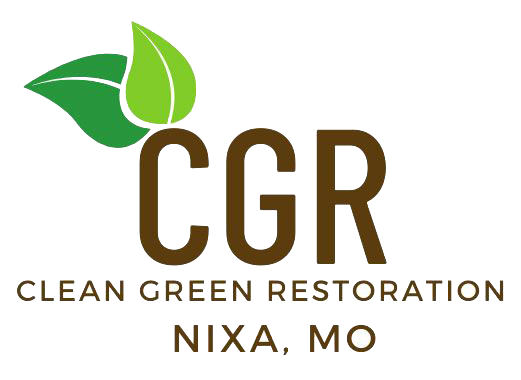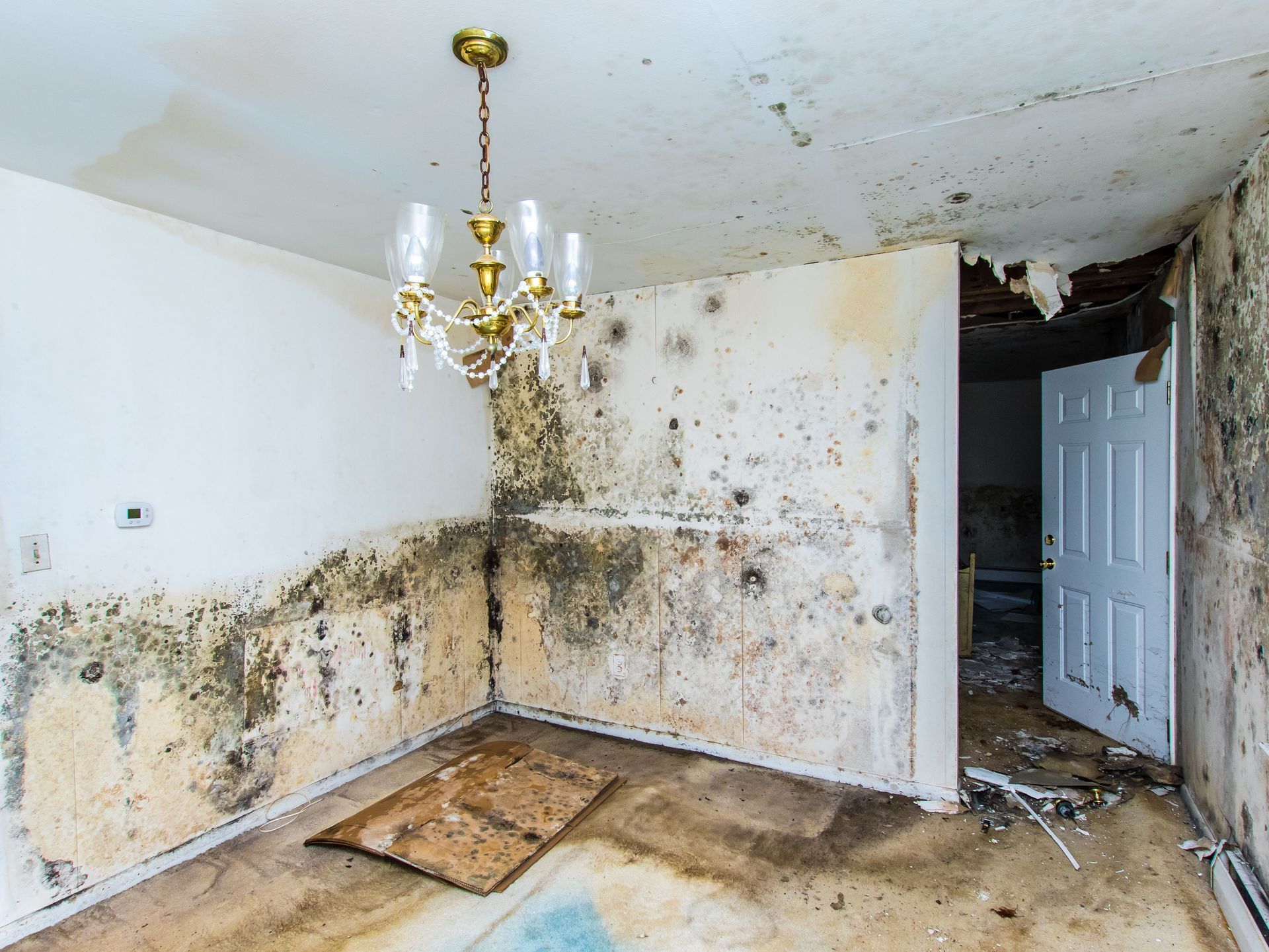August 18, 2025
Mold removal is not just about cleanliness but safety and health. Mold can be a silent intruder in homes, leading to potential health risks if left unchecked. Removing mold requires understanding, preparation, and execution of proper techniques. This guide will walk you through the critical steps in identifying, removing, and preventing mold growth. By understanding these processes, you can safeguard your home and your family's health effectively.
Investigating Common Types of Household Mold
Household molds come in various forms, each with its characteristics and level of severity. The most common types include Aspergillus, Penicillium, and Stachybotrys. Aspergillus is frequently found in damp environments, such as bathrooms and kitchens, while Penicillium, with its blue or green appearance, can be seen on decaying organic matter and water-damaged environments. Stachybotrys, although less common, is often referred to as black mold and can produce allergens.
Understanding How Mold Thrives
Molds thrive in warm, damp, and humid environments. They feed on organic materials found in homes, like wood, drywall, and carpets. Homes with poor ventilation or high humidity are especially vulnerable. Spores travel easily through the air and start growing once they land on damp surfaces. Preventing these conditions is key to minimizing the chances of mold becoming a persistent problem.
Identifying Mold by Sight and Smell
Mold isn't always visible but can often be detected by a musty odor. Visually, it may appear black, green, or pink and show up as spots on walls or ceilings. Addressing strange odors and discolored areas promptly can help reduce risks. If needed, testing kits can confirm the presence of mold spores in the air, aiding in early intervention.
Using Mold Testing Kits Effectively
Mold testing kits are helpful tools for homeowners who suspect mold. These kits gather air or surface samples to be sent to a lab. Following instructions closely and testing multiple areas is important for accurate results. The data can inform how urgent or extensive the mold removal process needs to be.
Differentiating Between Mold and Mildew
Mildew and mold are often confused, but they differ in appearance and impact. Mildew is typically gray or white and powdery, while mold is fuzzy or slimy and darker in color. Mildew tends to stay on flat surfaces, whereas mold can penetrate materials and cause more damage. Recognizing the difference helps you choose the correct removal approach.
Recognizing Common Allergic Reactions
Exposure to mold may cause symptoms like sneezing, coughing, or itchy eyes; especially in those with allergies. Some may develop asthma attacks or more serious respiratory issues with prolonged exposure. According to FDP Mold Remediation, 21% of asthma cases in the U.S. are linked to dampness and mold, underscoring the urgency of mold removal.
Understanding Mold’s Impact on Respiratory Health
Airborne mold spores can be inhaled, irritating airways and worsening conditions like asthma. Even healthy individuals may suffer from symptoms like sinus congestion or throat irritation. Controlling indoor mold is essential for maintaining respiratory wellness in every household member.
Identifying Vulnerable Populations at Risk
Infants, the elderly, and people with compromised immune systems face heightened health risks from mold exposure. Even small amounts can have significant effects on these populations. In homes with vulnerable individuals, vigilance and rapid remediation are particularly important.
Examining Mold’s Effects on Mental Health
Beyond physical symptoms, mold has been linked to mental health effects. Living in a mold-infested space can lead to anxiety, stress, and depression. For those with existing mental health challenges, mold can intensify symptoms. Keeping living areas clean and dry improves both physical and emotional well-being.
Considering the Long-Term Health Consequences
Prolonged mold exposure can result in chronic conditions such as respiratory illnesses or even neurological effects. Taking proactive steps like regular inspections and timely mold removal can prevent these outcomes. A mold-free home ensures better long-term health for all occupants.
Gathering Safety Equipment for Mold Removal
Before starting mold removal, gather essential safety items such as gloves, N-95 respirators, and goggles. Wearing long sleeves and pants adds further protection. Proper gear is essential to reduce health risks while cleaning up mold-affected areas.
Setting Up Mold Containment Areas
Containment helps prevent spores from spreading during mold cleanup. Use plastic sheeting to seal off rooms and deploy HEPA filters or negative air pressure to trap spores. These barriers ensure that mold doesn't migrate to unaffected parts of your home.
Ventilating the Mold Work Area
Good airflow can reduce mold spore concentration in the air. Open windows, use fans to direct air outward, and avoid letting spores spread to other areas. Ventilation improves air quality and supports a cleaner remediation process.
Protecting Household Members and Pets
Keep people and pets away from cleanup zones during mold remediation. Isolate the space, post warning signs, and relocate vulnerable individuals if needed. Clear communication about risks and timelines will help protect everyone in the household.
Creating a Mold Removal Checklist
A checklist keeps the process organized. Include safety prep, area assessments, product selection, cleaning procedures, and post-cleanup checks. Documenting each step improves thoroughness and ensures long-term success.
Using Commercial Mold Removal Products
Store-bought mold removal products are effective for small infestations. These chemicals often kill mold and prevent it from growing back. Always follow the manufacturer's instructions, and avoid using these products in large, deeply affected areas where professional help might be needed.
Using Natural Mold Removal Solutions
Natural remedies like vinegar and baking soda are eco-friendly and effective for minor mold problems. Vinegar kills mold while baking soda removes moisture and odors. Spray, scrub, and rinse the area, then ensure it is fully dried to prevent regrowth.
Cleaning Small Mold-Affected Areas
Start by putting on protective gear. Spray the mold with a cleaning solution, scrub gently, and wipe the area clean. Ensure the space is dried completely after cleaning. This technique works well for limited mold growth on non-porous surfaces.
Using Dehumidifiers to Prevent Mold Growth
Controlling indoor humidity helps prevent mold. Dehumidifiers remove excess moisture, especially in bathrooms and basements. Keeping humidity levels below 60% discourages mold. Clean and maintain these units regularly for best results.
Knowing When to Call a Mold Professional
If mold covers large areas or has affected structural components, it's time to call a professional. Individuals with severe allergies or respiratory conditions should also avoid DIY efforts. Trained experts use specialized tools to assess and remediate mold efficiently.
Conducting a Professional Mold Inspection
Professionals begin with a detailed inspection, using tools like moisture meters and infrared cameras. These assessments reveal both visible and hidden mold, enabling the creation of a targeted removal strategy.
Applying Professional Mold Removal Techniques
Experts may use advanced methods like biocides, dry ice blasting, or encapsulation techniques. These approaches allow thorough cleanup and help prevent future mold development in affected areas.
Using Professional-Grade Equipment and Chemicals
HEPA filters, industrial-grade vacuums, and chemical agents allow deep, effective cleaning. Professionals are trained to use this equipment safely, achieving a higher standard of mold removal than most DIY efforts can provide.
Mold removal and prevention are essential to maintaining a healthy indoor space. From early detection and proper remediation to education and long-term strategies, each step plays a critical role. According to health experts, unaddressed mold can lead to serious health issues; making mold prevention a priority for every homeowner. For those seeking peace of mind and expert assistance, Clean Green Restoration offers professional solutions to ensure your home stays safe and mold-free.




